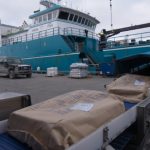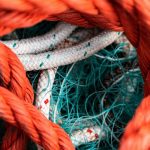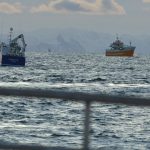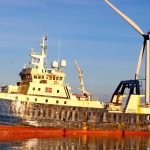Depleting cod stocks have increased slightly in recent months thanks to the stern measures adopted by the authorities. But the fishery areas 3K (northeast coast and Northern Peninsula) and 2J (mid Labrador coast) remain a matter of debate. The recently released Canadian Science Advisory Secretariat’s 2009 stock assessment for 2J3KL cod says the stocks are recovering, but recommends against raising quotas. John Brattey, a research scientist with the Department of Fisheries and Oceans, informed that the real big change in the stock is in the offshore stock where there has been no sign of recovery for many years.
He added that survival rates seem to have improved a lot and now the fish are starting to live to be older and you’re starting to see six and seven-year-old fish in the offshore. It is told that cod don’t start breeding until four or five years old and the survival odds of offspring are much better when they are spawned from older fish.
Fishermen like Keith Fitzpatrick were finding one or two pound cod in their nets – young fish that weren’t breeders. He opined that the fish is not so thick as it was years ago – that’s only normal. But we’ve seen them get a little better this way the last three or four years. The sentinel fishery and DFO offshore trawls found biomass starting to increase in 2003 and then more spawning stock appearing as of 2005. They found bigger increases around Bonavista Bay, Notre Dame Bay and Trinity Bay, with very little change along the coast of Labrador.
Inshore fishermen, who had warned DFO that stocks were down pre-1992 when DFO claimed there was plenty of fish farther north, are again disagreeing. “If you can get a couple thousand pounds in a week, you know the fish is there,” said Fitzpatrick of the 3,000 pounds which inshore fishermen were allowed to take last year. The inshore fishery for areas 2J3KL totaled 3,089 tonnes in 2008. When bycatch, the recreational fishery and sentinel fisheries are added in, DFO estimates some 4,162 tonnes were taken.








